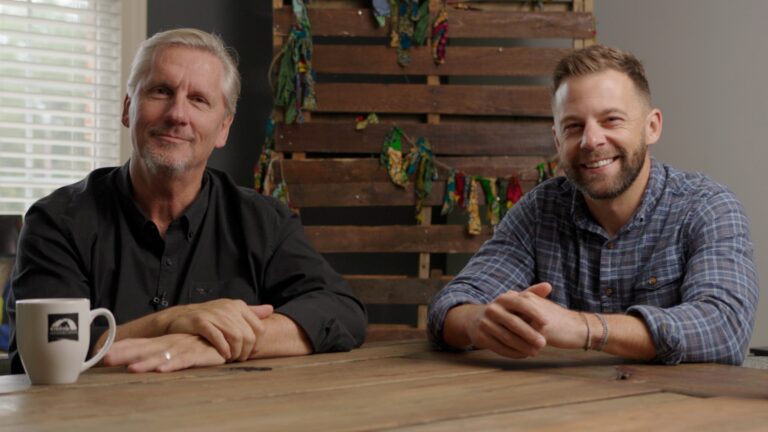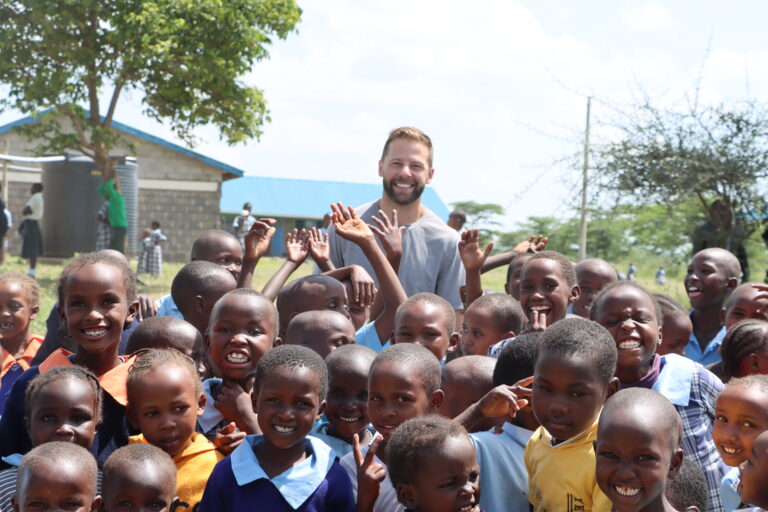
Ever tried to push a rope?
Sometimes I’ll bring a long rope with me to meetings with community leaders. I’ll put the rope in the middle of the table so everyone can see it, and just let it sit there. During the course of the conversation we’ll talk about needs, priorities, problems, and barriers. What is their vision for their community. How can they measure success. It’s pretty cool…
But the conversation ultimately turns to what it means to be a 410 Bridge community. What are their responsibilities. What are our responsibilities. That’s when the rope comes off the table…
Lots of western organizations, doing really good work, have their particular chewy nugget. It could be anything from a water filtration system to a micro-enterprise idea. Whatever it is, they’re really good at it and they want to do it anywhere in the world they can. Unfortunately, sometimes organizations have a tendency, albeit well intended, to push their solution onto the people that they seek to serve…. many times without being asked if the solution is really needed or a priority.
The 410 Bridge model is fundamentally different. It’s like a rope…
I’ll give one end of the rope to one of the leaders in the room and I’ll hang on to the other end. I’ll walk away until the rope is fully extended. Then I explain that if I were to try and push them with the rope, we wouldn’t go very far. I’ll actually try to push the leader with the rope… chuckles and smiles ensue.
“But,” I say. “If you were to pull me with you, we can go a long way together.” Heads nod.
So that, in a nutshell, is one of the guiding principles and core values of our work in Kenya. Don’t push. Be pulled.
Ask.
Inquire.
As Paul Omondi (Community Development Manager) puts it… “The problems that exist in 410 Bridge communities don’t reside in the West. They reside in the community. The solutions to those problems also reside in the community, not in the West.”
The bad news is that it takes longer… It doesn’t go exactly as we would have planned it…. and we would probably do it differently.
But the solutions are owned by the community itself. They own it… they believe in it… they’re accountable for it… and therefore it’s more likely to be sustainable without us being there. Which is exactly what we want.
So, if and when you ever have an opportunity to go and serve in one of our communities…. try to remember what side of the rope we’re on.

[nggallery id=14]




